The Ulitmate Guide To Sunflower Sprouts
Warning: Undefined variable $post in /home/customer/www/eatingworks.com/public_html/wp-content/themes/restored316-limoncella/functions.php on line 142
Table of Contents
- What Are Sunflower Sprouts?
- What Do Sunflower Sprouts Taste Like?
- What Do Sunflower Sprouts Look Like?
- How to eat sunflower sprouts
- How to grow sunflower sprouts
- What Supplies Do You Need To Grow Sunflower Greens?
- What Kind Of Seeds Do You Need To Grow Sunflower Sprouts?
- What Kind of Soil Do you Need to Grow Sunflower Sprouts?
- Steps To Grow Your Own Sunflower Sprouts At Home
- How long does it take to grow sunflower sprouts?
- How Often Do You Have to Water Sunflower Sprouts?
- How to Store Sprouts After Harvesting?
- TroubleShooting Problems That Occur While Growing Sunflower Sprouts At Home
- Sunflower Sprouts Nutrition
- Are Sunflower Sprouts Good For You?
- How Much Protein Do Sunflower Sprouts Have
- What is the difference between sprouts and microgreens?
- Best Sunflower Sprout Growing Kits to Get You Started
- Sunflower Sprout Recipes
- Check out some of our recipes that include sprouts!
- Interested in reading more health articles? Check these out!
What Are Sunflower Sprouts?
Sunflower sprouts are the young shoots (up to 12 days old) that grow out of recently germinated sunflower seeds. They’re excellent sources of proteins vitamins and minerals. Sprouts can be grown and harvested from almost any type of vegetable including alfalfa, broccoli, barley, peas, lentils, beans, carrots etc. Simply put, sprouts are baby plants.
The demand for sprouts by consumers has been sky-rocking in the last 10 years as clean eating grows in popularity. Amazingly, sprouts are accessable because they can be grown virtually anywhere without taking up much space. They can even thrive in basements with the right lighting.
Because sprouts are in the early stage of growth, their nutrient content is concentrated compared to adult vegetables. They have measurable health benefits. The Food and Drug Administration has put out warnings to consumers about eating sprouts that can be contaminated. As long as you wash your sprouts or lightly cook them they’re safe to eat!
In meals sprouts are used both cooked and raw in green salads, wraps, sandwiches, burgers, soups and as a garnish.
What Do Sunflower Sprouts Taste Like?
Sunflower sprouts are the best tasting sprout there is because they don’t taste overly “green” in contrast they’re sweet, crunchy and nutty! The sweetness and big crunch are similar to ice burg lettuce while their nutty flavor is reminiscent of raw sunflower seeds.
All sprouts taste like the type of seed they’re grown from. For example sunflower sprouts taste like sunflowers and carrot sprouts taste a bit like carrots.
What Do Sunflower Sprouts Look Like?
Sunflower sprouts are the cutest thing! They have two oval shaped green leaves that sprout out of the top in opposite directions that look like two pages of a book that is laying open. Beneath the leaves is a long cylindrical stem that can reach up to 4 inches tall before it’s time to harvest. Of course, a picture is worth 1000 words so here’s a photo of mature sunflower sprouts.
(insert photo)
How to eat sunflower sprouts
Sunflower Shoots are best eaten raw but they can also be lightly sautéed. Health food advocates like to eat sprouts in a salad or wrap. Although you can also blend sprouts into soups and dips like this raw sunflower sprout pate. Some people like to juice their leftover sunflower sprouts. If you grow your own juicing is a great way to make sure you don’t waste any of them.
According to the New York Times many chefs are starting to incorporate sunflower sprouts into their menus by putting them on salads or lightly toasting them with almonds and other spices. This is how chef Robert Newton at Seersucker in Brooklyn New York like to prepare them.
When interviewed Michael Natkin, the author of “Herbivoracious,” said that his favorite way to enjoy sunflower sprouts is to highlight them alone in a salad with an olive oil, lemon and shaved Parmigiano-Reggiano.
My favorite way to eat sunflower sprouts is to serve a tangled mess of them in a bowl drizzled with my favorite Vegan Green Goddess Dressing and an extra squeeze of lemon.
When I serve sunflower sprouts as a side dish I like to drizzle them with olive oil, sea salt and shaved Manchengo Cheese.
How to grow sunflower sprouts
What Supplies Do You Need To Grow Sunflower Greens?
Sunflower sprouts are easy to go and you don’t need a lot of supplies to do it. But here is a list of the basic tools you’ll need to be successful:
- (2) 11 by 21 inch plastic trays that are 2 inches deep
- 1 quart mason jar
- black oil sunflower seeds
- strainer
- spray bottle
- organic potting mix
- worm casings (optional)
What Kind Of Seeds Do You Need To Grow Sunflower Sprouts?
The first thing you’ll need to grow sunflower sprouts are the right type of sunflower seeds called Unshelled Black Oil Sunflower Seeds. These black sunflower seeds are different then they black and white striped seeds that you find in the supermarket. The best place to get Unshelled Black Oil Sunflower Seeds are from online organic suppliers like Nature Jim’s which are available on Amazon for purchase.
Can You Use Bird Food To Grow Sprouts?
Black Sunflower Seeds are often sold as bird food. It isn’t recommended to use sunflower seeds from bird food for sprouting because they are treated with funguziseds, pesticides and other chemical additives that aren’t safe for human consumption.
What Kind of Soil Do you Need to Grow Sunflower Sprouts?
Soil or another medium is necessary to grow sunflower sprouts. You can’t grow them in a jar like other types of sprouts. Sunflower seeds sprouted in a jar will yield skinny micro greens no the long green shoots with leaves on the top. Organic potting mix is the best soil to use. If you want to use another medium to grow sunflower sprouts you can use vermiculite or coco Peet mats.
Steps To Grow Your Own Sunflower Sprouts At Home
Step 1: Pre-Sprout Black Oil Sunflower Seeds
Soak two cups of sunflower seeds in a quart sized mason jar or other container over night. Quart sized mason jars are easy to use because you can buy mesh strainer attachments that are helpful for straining the water out of the seeds. After one night put a mesh strainer on top of the jar and flip it over. Allow the seeds to drain/dry out for two days. The pre-sprouting process is done with the seeds sprout tiny white roots.
Step 2: Prepare The Soil And Tray
Blend potting soil with 20% worm casings and place in a 21 by 11 inch plastic tray one to two inches deep. The more soil you have the less often you’ll have to water the sprouts. Pack the soil down and mist the top with a spray bottle until the soil is thoroughly moist.
Step 3: Plant The Sunflower Seeds
Dump the sunflower seeds out of the mason jar onto the soil. Try to spread them out as evenly as possible but it is ok if some of them overlap. Press the seeds down into the soil lightly with your palm. Mist them with a spray bottle and then use a second tray as a lid to cover the top. Keep the lid on until the sprouts reach the upper part of the lid.
Step 4: Greening The Sprouts
Once the sprouts have reached the top lid, it’s time to expose them to sunlight. Take the top lid off and place the tray in indirect sunlight. You can put them in a window or under a grow light. If the weather is warm you can place the tray directly outside. It takes 3-5 days to green sprouts. Placing the sprouts in direct sunlight will increase their chlorophyll content making them more rich in life force and nutrients.
Step 5: How to Harvest Sunflower Sprouts
You’ll know it’s time to harvest your sunflower sprouts right before they begin to grow their second set of leaves. This usually occurs on day 10. Use a pair of kitchen scissors to snip the sprouts right above the soil. Gently remove any sunflower seed shells from the bottom of the sprouts. You can allow the sprouts to grow again for a second harvest. After the second harvest they start to get fuzzy it’s time to discard them because they’re turning into sunflowers.
How long does it take to grow sunflower sprouts?
You’ll have sunflower sprouts that are ready to harvest in as little as 8-10 days! If you lave them much longer then this they’ll start to get fuzzy and turn into flowers.
How Often Do You Have to Water Sunflower Sprouts?
In order to grow healthy sunflower sprouts you have to water them every day. When the sprouts are young a light mist with a spray bottle will work. Once you get to step 4 (greening the sprouts) you’ll need to pour water into the tray along with misting them.
How to Store Sprouts After Harvesting?
Store sunflower sprouts in an air tight container in the fridge. They will last for up to 7 days.
TroubleShooting Problems That Occur While Growing Sunflower Sprouts At Home
If the stars align then your first attempt to grow sunflower sprouts will go off without a hitch. Unfortunately unforeseen circumstances can trip up new sunflower sprout farmers. Mold is one of these commonly occurring issues.
Mold Growth On Sunflower Sprouts
White cotton mold will commonly grow on sunflower sprouts at the base of the sprout right above the soil. This occurs in hot or humid climates or if the sprouts don’t get enough air circulation. Sprouts with cotton mold growth are still safe to eat. Simply rinse the mold off of the sprouts. To prevent mold from growing in the first place, mist the sprouts daily with food grade hydrogen peroxide that is diluted with water. Two drops of peroxide in one cup of water is a good amount. If the peroxide water solution is too strong the sprouts will burn.
Brown or Blue mold are less common but can grow on sprouts. Blue mold grows directly on the sunflower seed itself. It can occur from a bad batch of seeds or in hot humid climates or growing areas with poor ventilation.
Brown mold is a type of mold that grows on the sunflower sprout roots. The mold spreads up from the roots to the stalks of the sprouts.
Brown and blue molds are toxic. Any sprouts that have brown or blue mold on them should be thrown away! If you’re allergic to mold you should throw away a tray with mold on it and start over again.
Sunflower Sprouts Nutrition
Sunflower sprouts are surprisingly nutrient dense for a leafy green. They’re high in calories at 190 calories per 1/4 cup serving! They have 16 grams of fat, 2 of which are saturated, 8 polyunsaturated grams of fat and 6 grams of monounsaturated fat. The protein count is also high in sunflower sprouts. They have 6 grams of protein per 1/4 cup.
Sunflower sprouts also have iron and calcium. While it’s not enough to meet the daily recommended amount of either iron or calcium every little bit helps!
Are Sunflower Sprouts Good For You?
Yes, sunflower sprouts are excellent for you because they are rich in chlorophyll, live enzymes, amino acids, healthy fats and iron. They’re also rich in vitamin A, C, B and E. Since they have every type of amino acid chain they are considered to be a complete protein.
These sprouts also have minerals iron, magnesium, zinc, phosphorus, selenium and potassium. Lecithin and folic acid are also present in sunflower sprouts. Lecithin is an important nutrient your body uses to break down fatty acids like omega-3. It keeps our bones and joints healthy. Choline which is a component of lecithin is an important precursor to acetylcholine which is a neurotransmitter vital for muscle, nerve function and liver metabolism.
To top it all off they’re rich in live enzymes. That means they help break themselves down in your digestive system so that their nutrition is easier to absorb by your body.
Sunflower Sprouts Are Anti-diabetic
The building and accumulating glycogen end products (known as AGEs) under hyperglycemic conditions is a big contributor to diabetes. Sunflower sprouts have anti-AGE effects. So they are good for treating and preventing diabetes. They also have a phenolic compound called cynarin can lower cholesterol and triglycerides which is helpful for people with hyperglycemia and hyperlipidemia. The phytochemcials in sunflower sprouts are also helpful in treating hypoglycemia.
How Much Protein Do Sunflower Sprouts Have
25% of sunflower sprouts nutritional value comes from protein. They have all of the essential amino acids and are considered a complete protein food. A quarter cup serving of sunflower sprouts has six grams of protein!
What is the difference between sprouts and microgreens?
Sprouts are the young shoots of germinated seeds grown hydroponically while micro greens are fully developed plants that are grown in soil. Micro greens are healthier than sprouts, take longer to grow and have a more delicate flavor. Both micro greens and sprouts are young versions of their fully grown adult plant versions.
Best Sunflower Sprout Growing Kits to Get You Started
Sunflower sprouts are rarely available in the supermarket. When you do find them at a local farmers market or healthy grocery store they are expensive. A small bag of sunflower sprouts can cost up to 15 dollars! Back in 2012 I used to pay 10 dollars for a bag of sprouts when I was lucky enough to find them.
If you want to include sunflower sprouts in your diet on a consistant basis and you’re on a bidget then growing them at home is the best option. Growing sprouts at home sounds like a messy chore but the truth is that with the right kit:
- it’s easy to get started.
- It doesn’t take up much space.
- It isn’t expensive.
- And the mess is manageable.
If you’re new to sprouting, gathering all of the needed materials can be overwhelming. The cheapest and simplest way to dip your toes into the sprouting world is to buy a kit. There are plenty of sprout growing kits available on Amazon that will work with the method used to grow sunflower sprouts.
Two-Tiered Seed Sprouter with Seeds Kit
I like this kit because it’s clear, small and has a lid. You can use the lid for the first portion of the growing phase but since the sides of the tray are see through you’ll be able to see when the sprouts reach the top of the lid. That way you’ll remember to remove the lid to green the sprouts in the window.
The only downside to this tray is that there is no strainer so you have to make sure not to over saturate the soil which will cause your sprouts to get moldy.
Malastar Complete Sprouting Jar Kit
This sprouting kit is perfect to use for step one and two of sunflower sprouting. You can rinse the seeds in the mason jar. When you’re done you can cover the jar with the mesh lid attachment and set it in the stand to drip dry. The black jar is perfect to keep seedlings out of the sunlight. This jar fits the recipe proportions outlined in the sprouting method above.
Window Garden Sunflower Tray with Window Garden Double Veg Ledge
The Window Garden Sunflower Tray comes with great customer service. I like that it is meant to grow larger sprouts like sunflowers. If you are working with natural light this tray pairs perfectly with the window garden double veg ledge. Placing your sprouts in direct sunlight on a floating shelf will save your counter space. You’re sprouts will also develop tons of chlorophyll from all of the direct sun exposure they will get in the window.
So for best results you should buy a mason jar with a mesh lid and tilted stand like the malaster set. Pair it with the window garden set and you’ll be good to go! If you are looking to save some money get the two-tiers sprouter set instead.
The only other supplies you’ll need are the:
- Spray Bottle
- Black Oil Sunflower Seeds
- Potting Mix
In addition you can buy worm castings to boost growth, vermiculite as a soil alternative and a growing light if you’re growing sprouts in a dark area. To clean your sprouts food grade hydrogen peroxide is helpful.
Sunflower Sprout Recipes
Sunflower sprouts are more versatile then you would think! While I recommend that you get creative and come up with your own sunflower sprout recipes, here are a few that I found that will inspire you!
Raw Italian Collard Wraps
Vegan Sushi Cupcakes
Here sunflower sprouts are used as a garnish to top off these colorful and healthy sushi cupcakes!
This post may contain affiliate links. As an Amazon Associate I earn from qualifying purchases at no cost to you. See my Affiliate Disclosure to read my policy and more about affiliate links.
Table of Contents
- What Are Sunflower Sprouts?
- What Do Sunflower Sprouts Taste Like?
- What Do Sunflower Sprouts Look Like?
- How to eat sunflower sprouts
- How to grow sunflower sprouts
- How to Store Sprouts After Harvesting?
- TroubleShooting Problems That Occur While Growing Sunflower Sprouts At Home
- Sunflower Sprouts Nutrition
- Are Sunflower Sprouts Good For You?
- How Much Protein Do Sunflower Sprouts Have
- What is the difference between sprouts and microgreens?
- Best Sunflower Sprout Growing Kits to Get You Started
- Sunflower Sprout Recipes
- Check out some of our recipes that include sprouts!
- Interested in reading more health articles? Check these out!
Yes, sunflower sprouts do turn into sunflowers if they grow long enough.
Sunflower sprouts are young shoots of a germinated seed while microgreens are a fully mature plant.
Check out some of our recipes that include sprouts!
Interested in reading more health articles? Check these out!
You can check out the google web story for this article by clicking here !

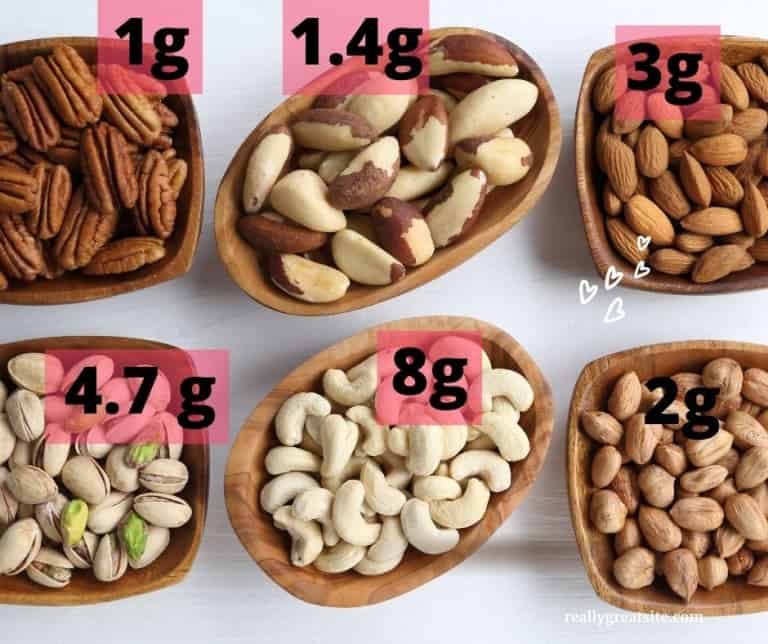
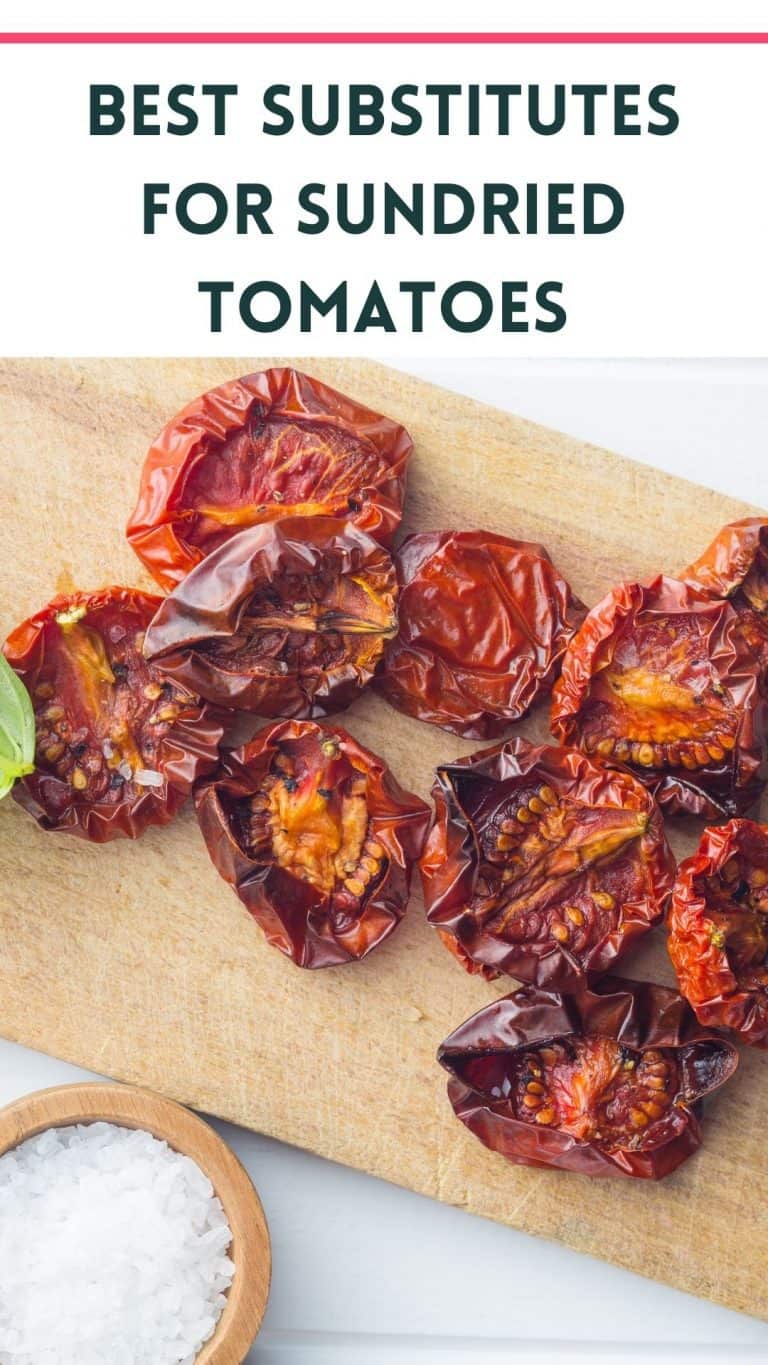

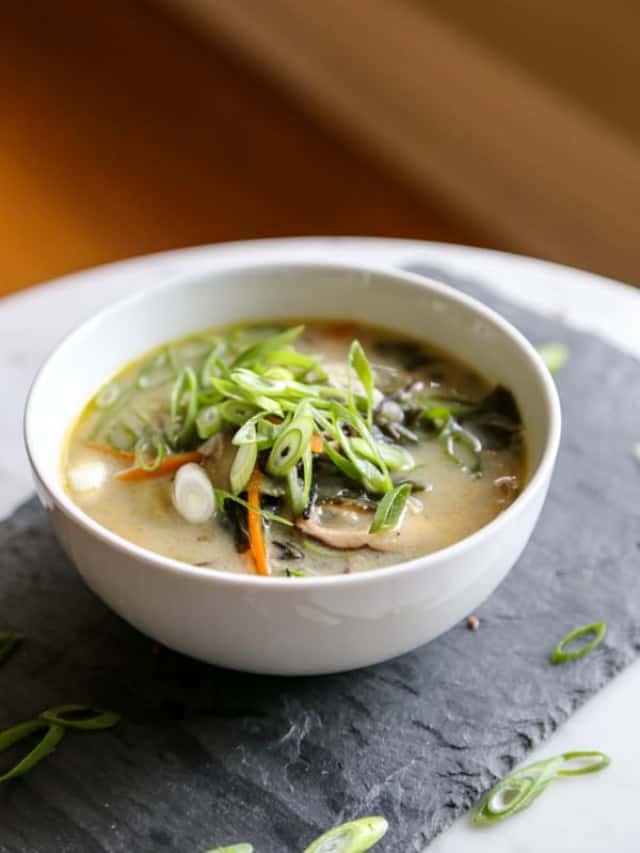
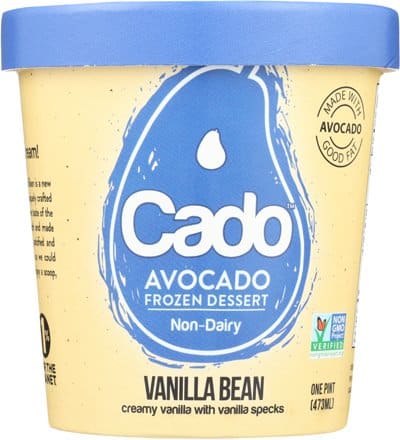
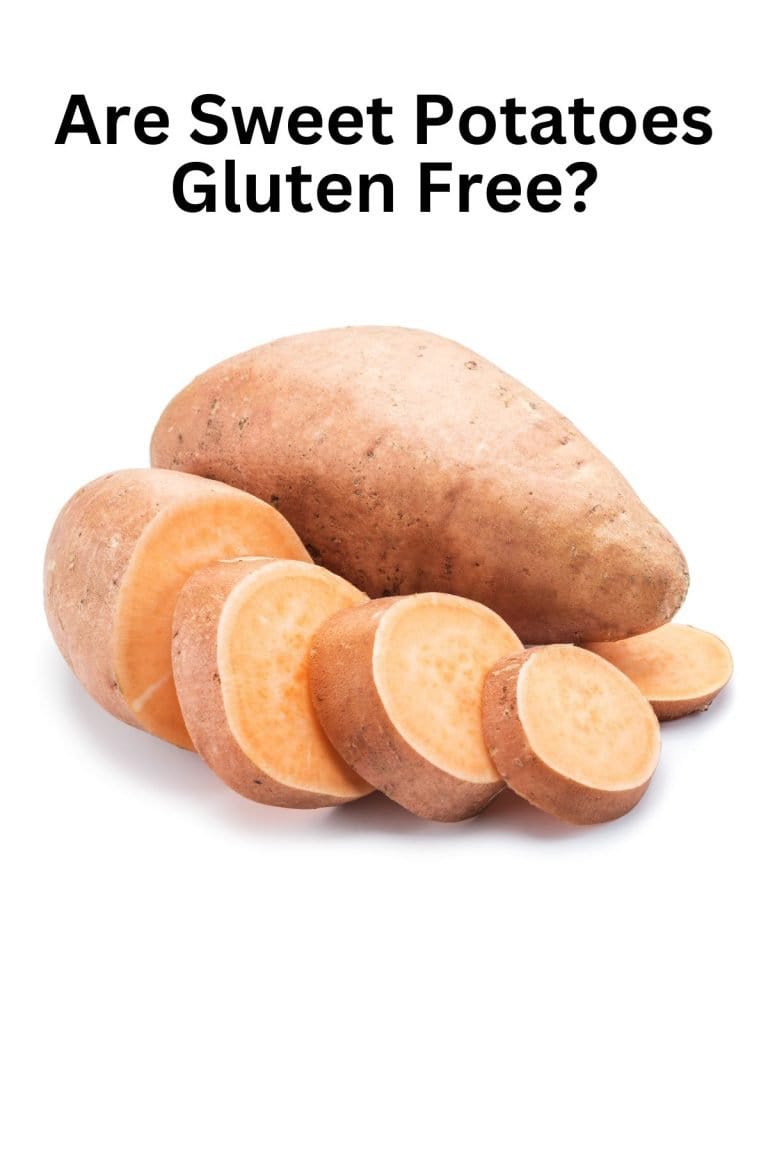
Thank for sharing your knowledge. It was very helpful. I have kidney disease and I have changed to vegan diet. It is safer and economical start the micro greens and sprouts for healthy, higiene and economical reason. Thank you again
Hi Sandy! You’re welcome I’m glad you found the information helpful. Yes you can grow your own sprouts for pennies compared to buying them at the supermarket. Let me know if you need any help!